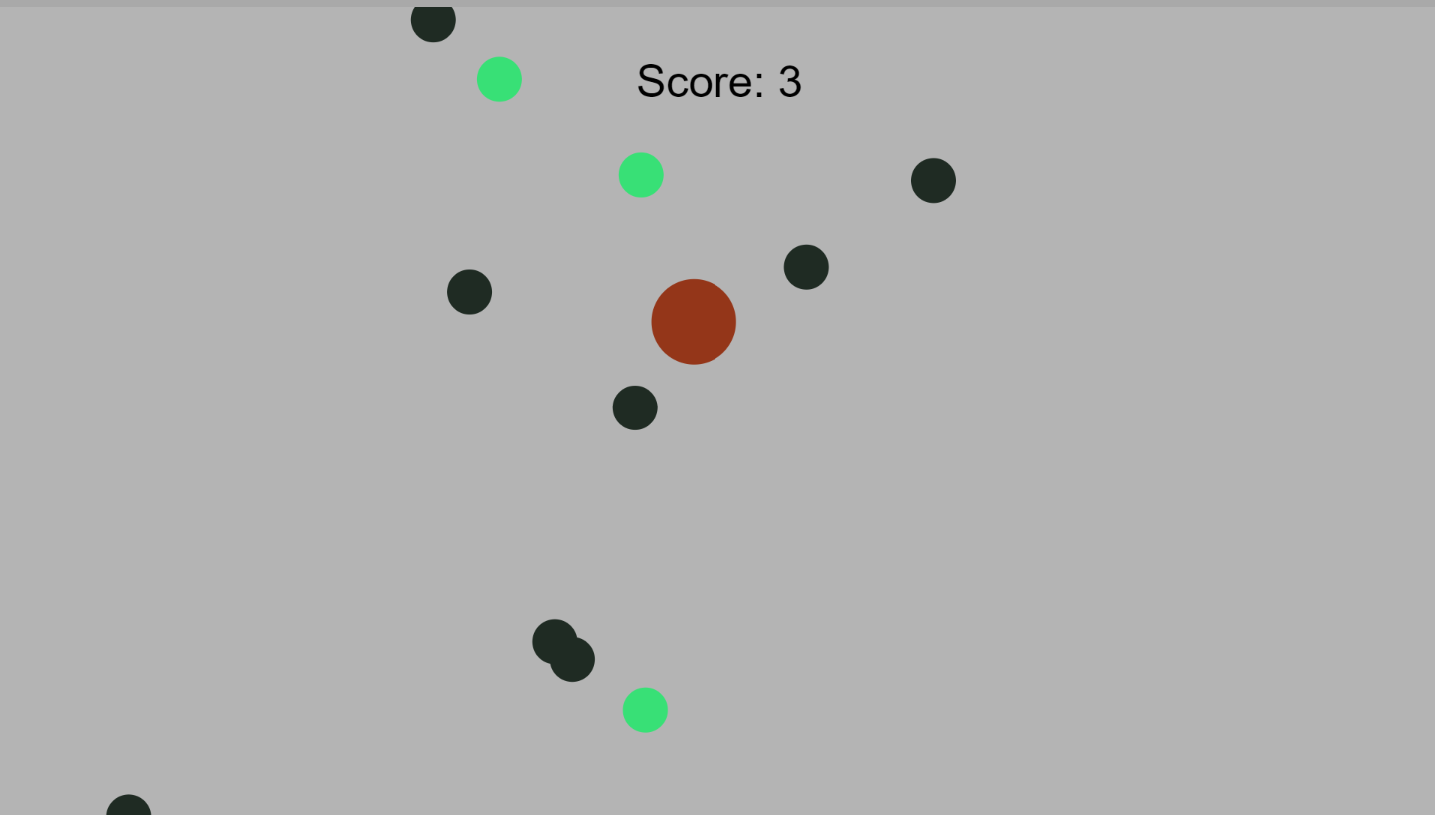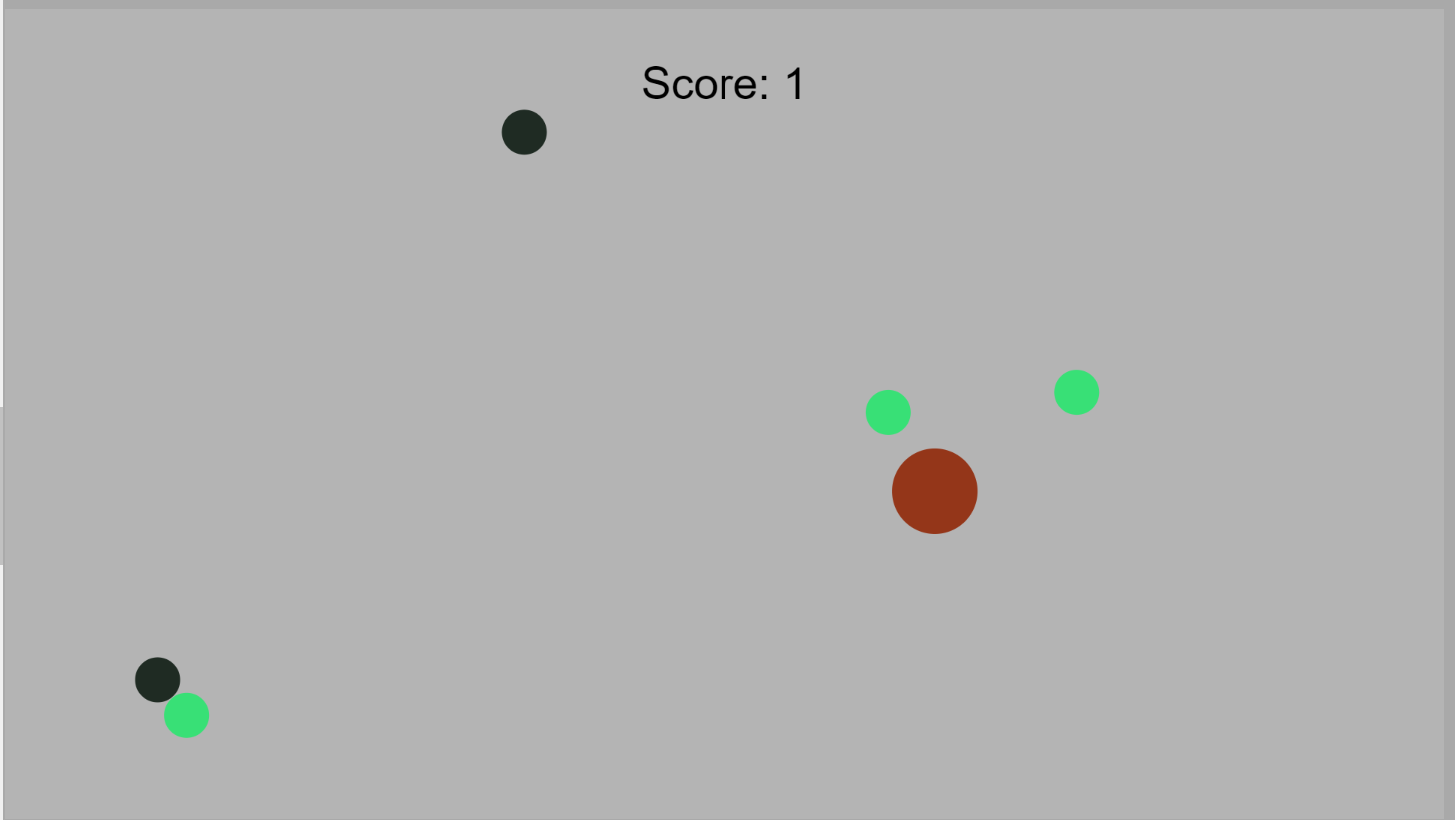(06-FaceReadings)
Zach Lieberman, Más Que La Cara Overview (~12 minute read)
Kyle McDonald, Appropriating New Technologies: Face as Interface (~15 minute read)
Last Week Tonight: Face Recognition (21 minutes)
Joy Buolamwini: How I’m fighting bias in algorithms (9 minutes)
Nabil Hassein, Against Black Inclusion in Facial Recognition (~5 minutes)
Many issues of facial (biometric) recognition are highlighted in the above links including privacy concerns, surveillance concerns, and machine bias… I won’t reiterate them here.
Today, the combination of face detection with publicly available social network information can correctly predict your Facebook profile and the first five digits of your SSN for a third of the public, in under three seconds:
Our study is less about face recognition and more about privacy concerns raised by the convergence of various technologies. There is no obvious answer and solution to the privacy concerns raised by widely available face recognition and identified (or identifiable) facial images. Google’s Eric Schmidt observed that, in the future, young individuals may be entitled to change their names to disown youthful improprieties. It is much harder, however, to change someone’s face.
In reading one of those articles, the above sentences shocked me again although I have known this fact long ago (except for the 5 digits of the SSN part). While reading those articles, two thoughts came to my mind as a scalable way to combat facial recognition software.
- There are many adversarial tools for directly modifying the faces. One example is Adversarial Mask. However, those solutions are infeasible as people don’t even want to put on their masks for COVID precaution. We need a better solution.
- Facial Filters in Cameras: we can implement algorithms that recognize and modify detected faces slightly in the output image so that while my close friends can correctly identify me but the same task will be hard for computer databases that have millions of faces. This can be achievable because we, as humans, can only encode a small number of facial features in our long-term memory: the size of extracted facial features for the human brain should be way smaller than that for a computer. This way, if all faces can be slightly modified right after taking the picture, the entire Internet would contain fake faces which will make face searcher harder.
Now, think about it. If Facebook (ironically “face”-book, now got a better name), Google, or Apple can implement algorithms like this on their user frontend before any data got transmitted, the majority of images online will become unsearchable.




